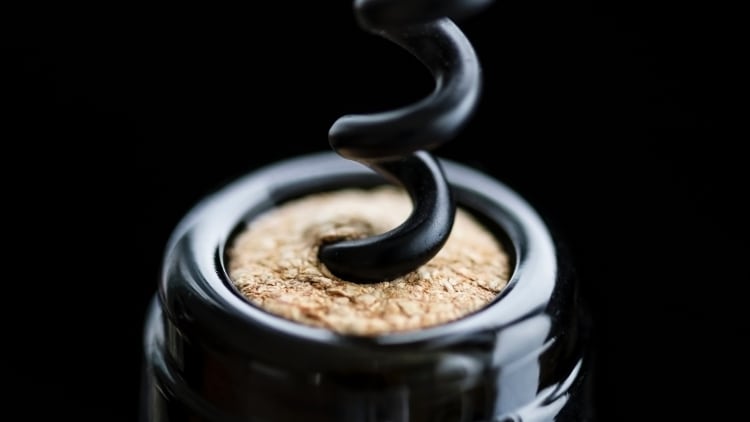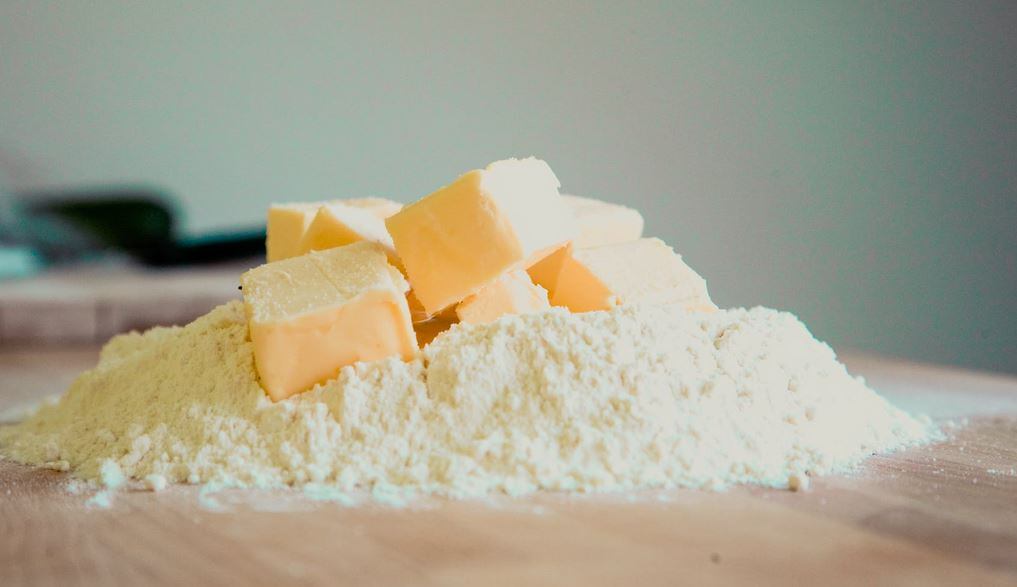The latest edition of the Foodservice Price Index from CGA and Prestige Purchasing for February has found fish experienced the most significant rise.
High prices are staying put thanks to quota reductions for white fish and with no sign of total allowable catches going up, year-on-year inflation is likely to continue into the long term. However, there was a more positive trend in salmon prices, following good availability.
Price rises in the oils and fats category has softened after a period of very high year-on-year inflation and month-on-month movements in February were deflationary, according to the index.
The category has benefited from a drop in crude oil pricing since late 2018 and a strengthening of the pound against the Euro and dollar.
Mounting US stocks of soy beans and China’s introduction of legislation to reduce requirements on imports is creating a potential future global surplus.
Production costs
Dairy prices have also seen high year-on-year inflation thanks to a rise in productions costs due to feed shortages following last year’s harsh summer.
Contributing factors include the milk-to-feed price ratio recently dropping below the long-term average. However month-on-month movement is also deflationary following a rise in production due to healthy grass growth for use as silage following good rain, reducing the requirement on expensive feed.
Milk production forecasts suggest a rise for this year but demand is also expected to remain strong and could drive price increases later in the year.
Inflation in the soft drinks category has been on a general upward trend since the index started and has now reached its highest point to date.
Much of the rise can be put down to a shift away from alcohol consumption, reformulation of products and increasing varieties of adult soft drinks.
With many brand owners set to adjust pricing in February and March in light of factors including Brexit, currency fluctuations and rising costs of production, inflation is likely to keep increasing.
Challenging trading
Prestige Purchasing chief executive Shaun Allen said: “The continued rise in year-on-year food and drink inflation for the sector will not be welcome news for operators who are also facing a challenging trading environment.
“However, the future outlook is showing more positive signs that inflation could ease during the year with the index showing a number of categories falling back month on month.
“The recent improvement in exchange rates should also help, proving, of course, the outcome of Brexit over the next couple of weeks does not lead to major disruption to availability of products from the EU and introduction of World Trade Organisation tariffs.”
The Brexit effect means the food sector should expect continued volatility when it comes to prices, according to CGA client director for food Fiona Speakman.
She said: “The latest edition of the Foodservice Price Index shows some significant and widespread movements in prices, creating more headaches for foodservice businesses.
“Month-on-month easing of inflationary pressure in key categories like dairy and oils and fats provide some grounds for optimism but with the impact of Brexit on the supply chain and currency rates still so unclear, we can expect more volatility.
“It will be absolutely vital for businesses to stay right on top of market trends as we move deeper into 2019.”




